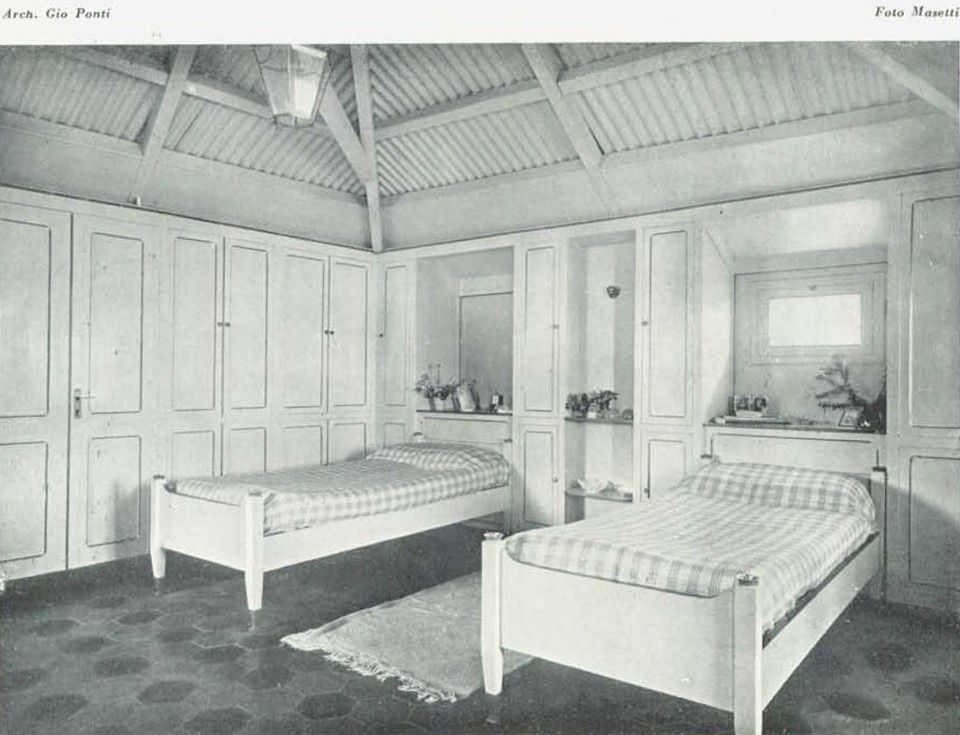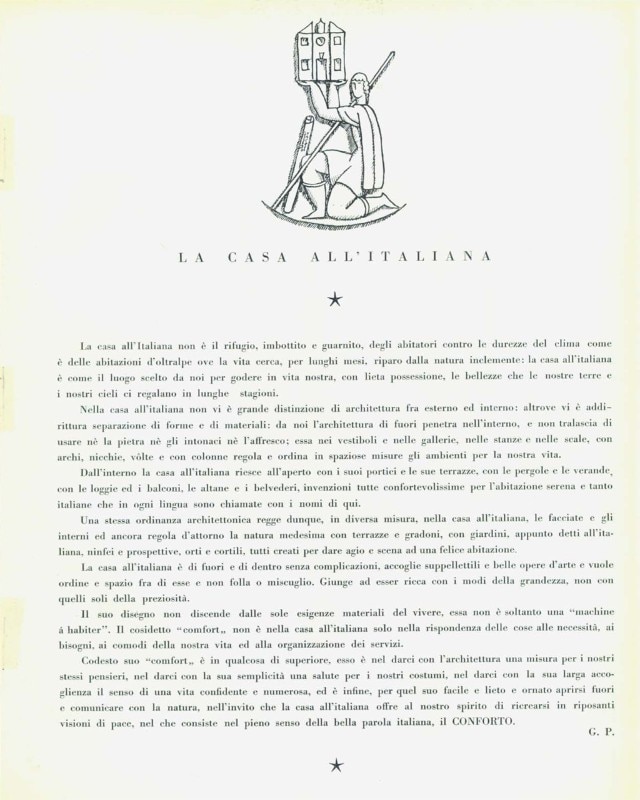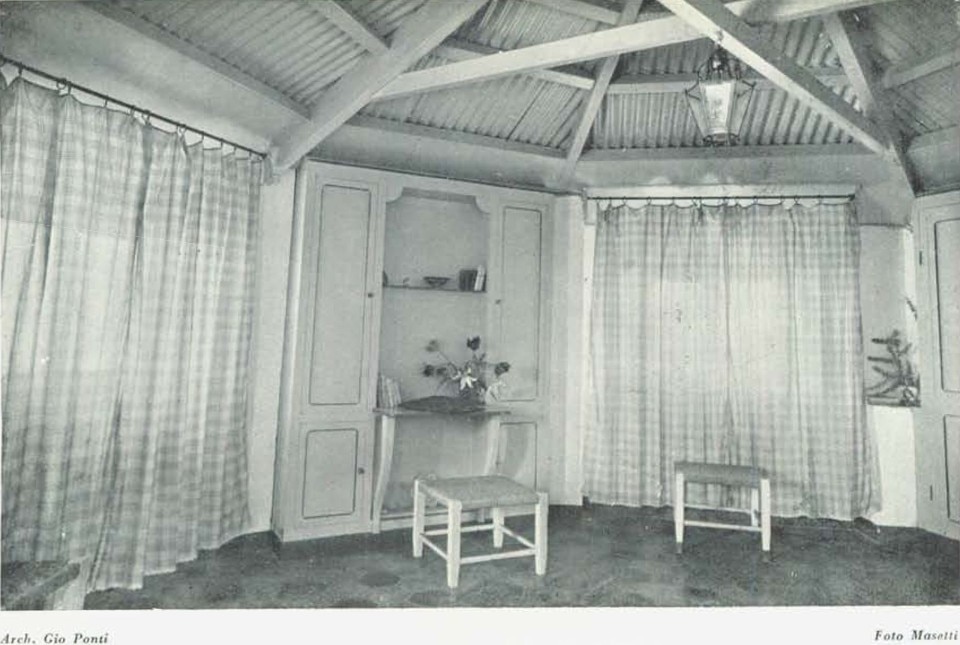On November 24, at domusforum 2021, the future of cities (and beyond) has been investigated through 7 crucial questions, one of which is as fundamental as oxygen is for breathing: “how will we live together?”.
Almost one century ago, the story of our magazine was opened by Gio Ponti with a very similar question; with an answer to such question, to be precise, a positioning act of Italian dwelling philosophy within the spectrum of international modern architecture. It was a statement of the peculiarity of the Italian approach to home design, where interior and exterior merged into architectures that were first of all made of the experience, both emotional and sensorial, of space and landscape.
The editorial, which appeared on Domus number 1 in January 1928, was in fact titled La casa all’Italiana (Home, the Italian way)
"The Italian House is not the filled and decorated refuge of the inhabitants against the harsh climate, as in the case of the dwellings beyond the Alps, where life seeks shelter from the severe weather for months. The Italian House is like the chosen place to deeply enjoy, in our own lives, the beauties that our lands and skies give us in long seasons.
In the Italian House there is little distinction between exterior and interior architecture: elsewhere there is even a separation of forms and materials. In our conception, the exterior architecture penetrates in the interior, and does not neglect to use either stone or plaster or frescoes. In the vestibules and galleries, in the rooms and staircases, with arches, niches, vaults and with columns it regulates and orders the rooms for our life in spacious dimensions.

From the inside, the Italian House manages to be outdoors with its porticoes and terraces, its pergolas and verandas, its loggias and balconies, its roof terraces and panoramic viewpoints, all very comfortable inventions for peaceful living and so Italian that in every language they are called by the same names.
In the Italian House, the same architectural order governs differently the façades and interiors, and also controls the nature thanks to terraces and steps, the so-called Italian gardens, nymphaeums and perspectives, vegetable gardens and courtyards, all created to give ease and scene to a happy dwelling.
The Italian House is uncomplicated outside and inside, it houses furnishings and beautiful works of art and wants order and space between them and not a mass or a mixture. It is rich in the ways of size, not merely in the ways of preciousness.
Its design does not solely come from the material needs of living. It is not just a “machine á habiter”. In the Italian House, the so-called “comfort” is not exclusively linked to the needs and comforts of our life and the organisation of services.
This “comfort” is in something superior. It is in giving us with its architecture a measure for our own thoughts, in giving us with its simplicity a health for our habits, in giving us with its great hospitality the sense of a confident and numerous life, and is finally, for its easy and happy and ornate opening out and communication with nature, in the invitation that the Italian House offers to our spirit to recreate itself in restful visions of peace, which consists in the full sense of the beautiful Italian word, CONFORTO (consolation)."
Gio Ponti



